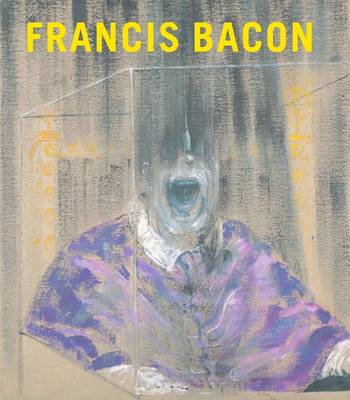Along with JMW Turner, Francis Bacon (1909-92) is regarded internationally as Britain's greatest painter. Drawing on low-art sources, including photographs torn from magazines and imagery from films, coupled with a keen awareness of the rich historical tradition of painting stretching back to the renaissance, he developed a way of portraying the human body that was unique in the history of painting. Beginning his public career in 1944 with Three Studies for Figures at the Base of the Crucifixion he depicted human beings usually in isolation, at moments of extreme tension or even pain, distorted like figures from a nightmare fantasy."I would like my pictures to look as if a human being had passed between them", he once said, "like a snail, leaving a trail of the human presence and memory trace of past events as the snail leaves its slime". For many contemporary critics, Bacon's bleakly existential outlook, coupled with his flamboyant homosexuality and colourful private life, made him a controversial figure. Nevertheless his mastery of the medium of paint by this self-taught artist was recognised relatively early, and in 1962 he had a retrospective exhibition at Tate.
In 1985, on the occasion of another exhibition, the then Director of Tate remarked that Bacon was surely "the greatest living painter; no artist in our century has presented the human predicament with such insight and feeling".Towards the end of the first decade of a new century it is time to re-assess the achievement of this unique artist, whose style was so personal and distinctive that his influence lay more in his commitment to art itself than in any stylistic legacy. Can a painter still be seen as vital in the digital age? Do Bacon's tortured, despairing figures still speak to the human condition? It might be that for the contemporary viewer, Bacon's imagery appears to have foreshadowed the scenes that have filled our newspapers and television screens in recent years. Leading expert on international modern art Matthew Gale and renowned expert on British art Chris Stephens are joined by other international critics in a radical reassessment of Bacon's position for the twenty-first century.
- ISBN10 1854377388
- ISBN13 9781854377388
- Publish Date 2 December 2008
- Publish Status Out of Print
- Out of Print 18 March 2010
- Publish Country GB
- Imprint Tate Publishing
- Format Paperback
- Pages 224
- Language English
